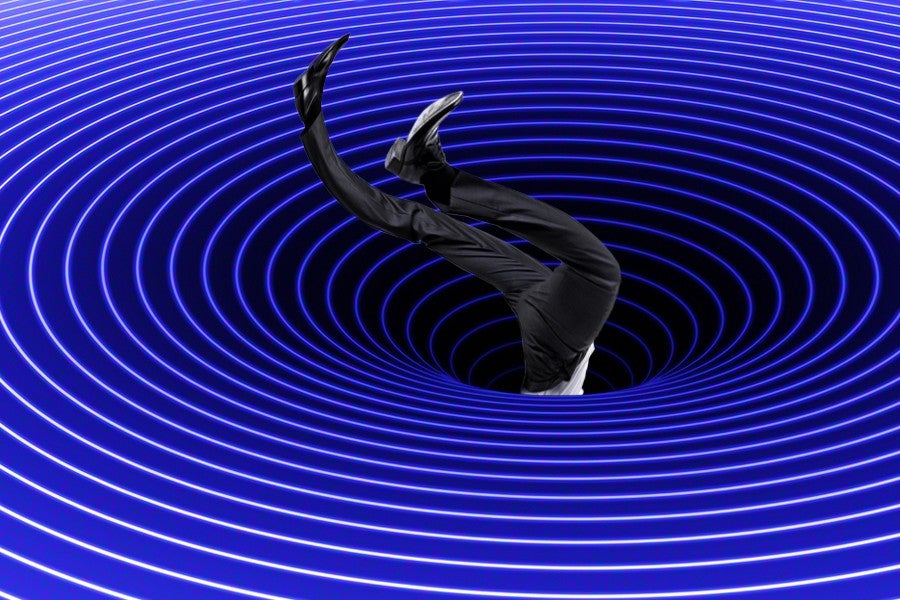When spirals occur in the real world — say, for instance, in cacti or croissants — no one stops to think, That succulent/pastry needs to be mindful, ignore those spirals and focus on a completely different succulent/pastry until it stops being a spiral.
Obviously not: It’s only in terms of the human mind that the spiral — a delightful mathematical phenomenon! — has become associated with plunging into a deep abyss of anxiety, anger or depression. Because when humans talk about spiraling, we never mean it positively.
Well… almost never. According to Psychology Today, there is such a thing as an upward spiral, which helps generate positive momentum: “They bring us to a whole new level of productive thinking and behaviors. They help us redirect our energies — so we can capitalize on our strengths and leverage our resources. They keep us from defaulting into downward spiral mode — the one we’re often taught to expect when life’s storms shake us up,” writes Kristen Lee.
But yeah, that’s pretty much the only nice example out there, with the rest very much being focused on the dreaded downward spiral. As you’d expect, there’s a whole anti-spiraling–industrial complex to prevent it from happening, but first thing’s first: What exactly is happening during a mental spiral, anyway?
According to clinical psychologist Amy Kim, it’s basically your brain on overdrive. “As humans, we’re biologically trained to protect ourselves for survival,” she says. “Today, there’s less physical danger that threatens us, but our mind is trained to think that danger still exists, so we create it.” She likens a downward spiral to a false alarm that keeps going off when there isn’t, in fact, anything to worry about.
Additionally, says Kim, because of technology, there’s more stimuli than ever before, which has made anxiety a cultural norm. “It’s not a natural state for the mind to be buzzing all the time,” she says.
Another reason, as per a 2017 review paper in the journal Biological Psychology, has to do with pathological worrying, and following through on your worrying behavior. “Most of the time, you’ll worry until [you] don’t want to worry anymore — the anxious thoughts serve their purpose, and once they stop feeling useful, you turn your attention to other things,” say The Cut in their write-up. “But ‘problem worriers tend to have a kind of perfectionist approach.’ … Once they start down a path of worrying, they feel compelled to ‘working through every eventuality and solving every problem.’”
So far, so obvious: A spiral is essentially worrying for the sake of worrying. So next, the solution: In order to prevent this sort of self-sabotaging behavior, Kim says the first thing is to notice what your mind is doing without judging yourself for it. “If you tell yourself you’re doing something the wrong way, or thinking the wrong way, you’re only going to increase your tension and prolong your anxiety,” says Kim.
Instead, she says, you have to approach your spiraling thoughts with curiosity and openness and attempt to understand why they might be occurring. Once you’ve done so, Kim says that it’s important to give yourself a reality check. “Compare your thought patterns and the way your mind spins out to the objective facts of the situation,” Kim advises, adding that over time, your spiraling patterns and tendencies will become less believable — and therefore, less intense — because you’re more aware that the things your mind is freaking out about are unlikely to actually happen.
So there you have it: Be more like a cactus or a croissant. They don’t worry about their spirals, and neither should you.

